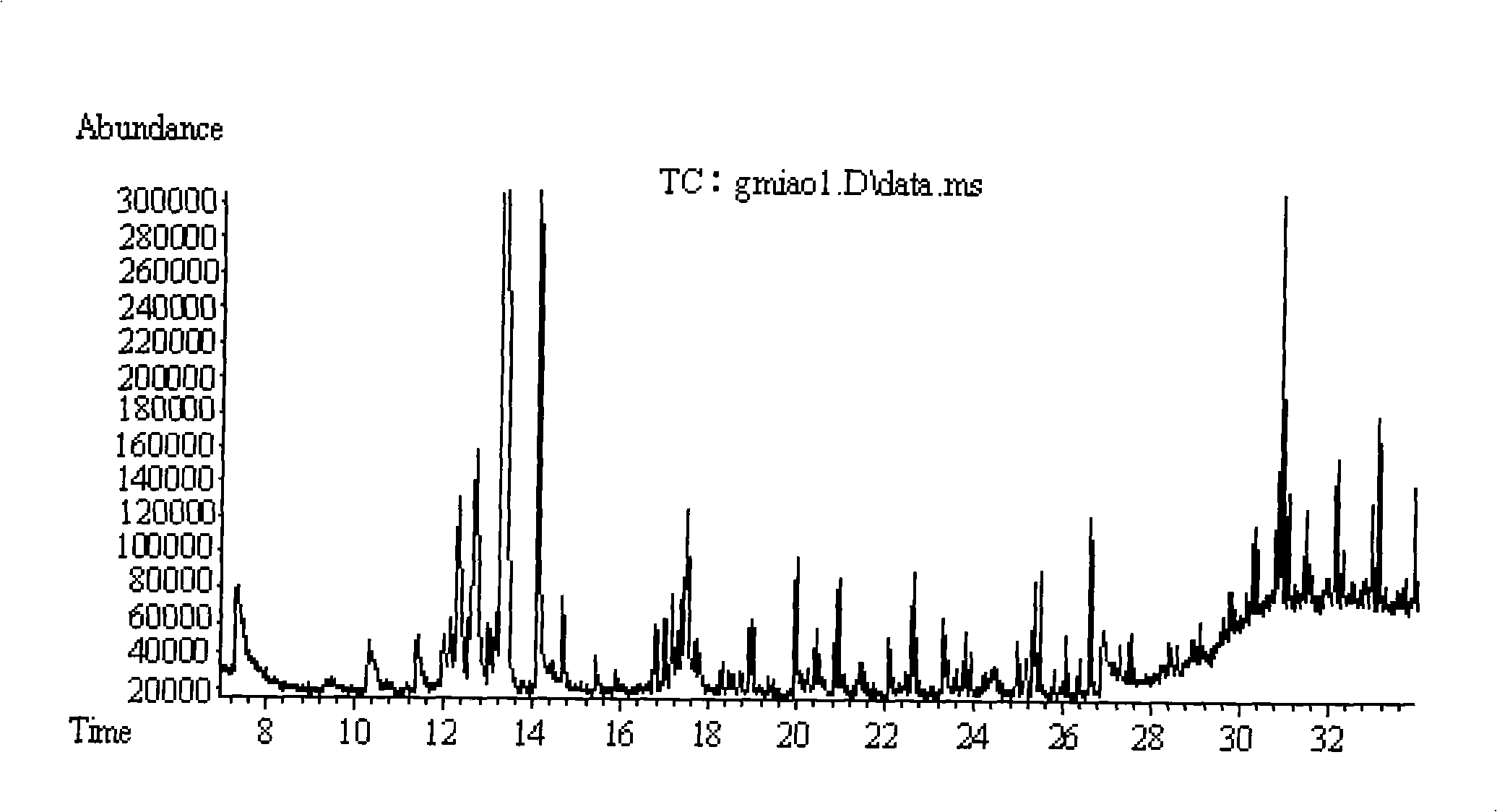Method for detecting organics attached to granule
A detection method and technology for organic matter, which are applied in measurement devices, preparation of test samples, instruments, etc., can solve the problem of not being able to truly reflect the total content of organic matter in water, and achieve the effect of optimizing the water treatment process.
- Summary
- Abstract
- Description
- Claims
- Application Information
AI Technical Summary
Problems solved by technology
Method used
Image
Examples
specific Embodiment approach 1
[0009] Specific Embodiment 1: The detection method of the organic matter attached to the particles in this embodiment is as follows: 1. After mixing the suspended particles obtained by filtration through the microporous membrane and the extraction agent, ultrasonically extract for 25 minutes to 35 minutes to obtain the extract; 2. Under the condition of vacuum degree of 0.01MPa~0.1MPa, filter the extract obtained in step 1 with a glass fiber filter membrane with a diameter of 40mm~60mm, and then purge the filtered extract with nitrogen until the volume of the extract is 0.1mL~1.5 mL, stop purging with nitrogen, and then use an organic solvent to dilute the extract to 2mL; 3. Seal the distilled extract in a special bottle for gas chromatography, and then use high-flow helium as the carrier gas, and the flow rate of the carrier gas is 0.5~5mL / min, the inlet temperature is 250℃~300℃, the chromatographic column is HP5MS capillary column, and the gas chromatographic mass spectromete...
specific Embodiment approach 2
[0013] Embodiment 2: The difference between this embodiment and Embodiment 1 is that the volume ratio of the mass of the suspended particles in step 1 to the extraction agent is 1 g: 8-13 mL. Others are the same as in the first embodiment.
specific Embodiment approach 3
[0014] Embodiment 3: The difference between this embodiment and Embodiment 1 is that the volume ratio of the mass of the suspended particles in step 1 to the extraction agent is 1 g: 5-10 mL. Others are the same as in the first embodiment.
PUM
 Login to View More
Login to View More Abstract
Description
Claims
Application Information
 Login to View More
Login to View More - R&D
- Intellectual Property
- Life Sciences
- Materials
- Tech Scout
- Unparalleled Data Quality
- Higher Quality Content
- 60% Fewer Hallucinations
Browse by: Latest US Patents, China's latest patents, Technical Efficacy Thesaurus, Application Domain, Technology Topic, Popular Technical Reports.
© 2025 PatSnap. All rights reserved.Legal|Privacy policy|Modern Slavery Act Transparency Statement|Sitemap|About US| Contact US: help@patsnap.com

